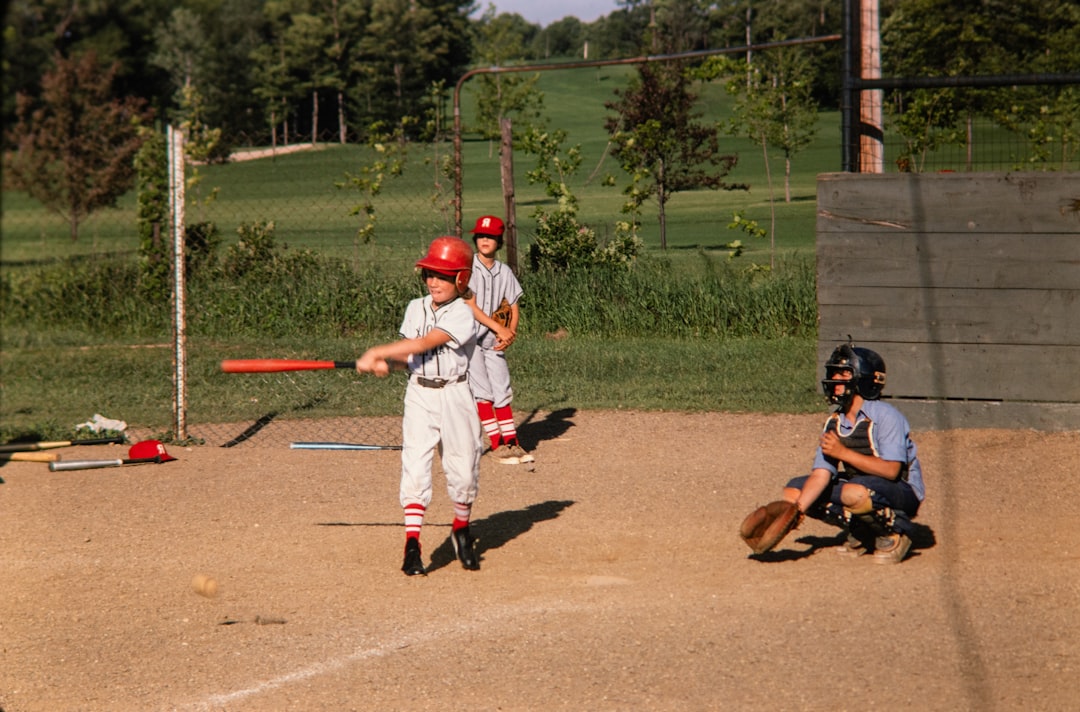In the world of Major League Baseball (MLB), individual accomplishments stand tall as milestones of greatness. Among the most revered of these personal achievements is the Triple Crown. Earning the Triple Crown in baseball is not only a demonstration of extraordinary talent but also of consistency and dominance across key statistical categories. Its rarity and historical significance make it one of the most difficult and prestigious feats in the sport.
What Is the Triple Crown in Baseball?
The term “Triple Crown” refers to a player leading the league in three major offensive statistical categories in a single season. For a hitter, those three categories are:
- Batting Average – the measure of a hitter’s proficiency at the plate, calculated by dividing hits by at-bats.
- Home Runs – the total number of times a batter hits the ball and rounds all the bases to score without any errors or other factors helping.
- Runs Batted In (RBIs) – the number of runs a batter causes to score due to their actions at bat, excluding runs scored due to errors.
To secure the Triple Crown, a player must lead their league—either the National League (NL) or American League (AL)—in all three categories by the end of the regular season. This triumph underscores a player’s excellence in both contact and power hitting, a rare and elite combination.
Why Is the Triple Crown So Rare?
The Triple Crown’s rarity lies in the challenge of excelling in all three categories simultaneously. Batting average favors consistent, skilled hitters, often referred to as contact hitters. Home runs are dominated by power sluggers, whose swings are more powerful but often result in lower averages. RBIs, while partially dependent on a player’s skill, also need other players to get on base ahead of them, making it a somewhat team-dependent stat.
To lead the league in all three in the same year requires a rare blend of precision, power, opportunity, and consistency throughout the season. The difficulty of achieving this balance contributes to the historical reverence surrounding the Triple Crown.

History of the Triple Crown in Baseball
The concept of the Triple Crown has existed since the early days of professional baseball. However, statistics from early baseball were not as systematically recorded as today. Over time, as statistical analysis and record-keeping improved, the achievement of leading in the three categories became widely recognized and respected.
Notable Triple Crown Winners (Batting)
As of 2024, there have been only 17 batting Triple Crowns in MLB history:
- Paul Hines – 1878 (National League)
- Tip O’Neill – 1887 (American Association)
- Nap Lajoie – 1901 (American League)
- Ty Cobb – 1909 (American League)
- Rogers Hornsby – 1922 and 1925 (National League)
- Lou Gehrig – 1934 (American League)
- Jimmie Foxx – 1933 (American League)
- Chuck Klein – 1933 (National League)
- Joe Medwick – 1937 (National League)
- Ted Williams – 1942 and 1947 (American League)
- Mickey Mantle – 1956 (American League)
- Frank Robinson – 1966 (American League)
- Carl Yastrzemski – 1967 (American League)
- Miguel Cabrera – 2012 (American League)
Miguel Cabrera’s Triple Crown in 2012 broke a 45-year drought, instantly becoming one of the most celebrated accomplishments in modern baseball history. He hit .330 with 44 home runs and 139 RBIs during that season for the Detroit Tigers.
Pitching Triple Crown
It’s important to note that there is also a Triple Crown for pitchers, which is bestowed upon a pitcher who leads their league in the following three categories:
- Wins – most games won as the pitcher of record
- Strikeouts – the number of batters struck out
- Earned Run Average (ERA) – the average number of earned runs given up per nine innings pitched
Although slightly more common than the batting Triple Crown, the pitching version also demonstrates exceptional dominance in multiple aspects of pitching. Notable pitching Triple Crown winners include:
- Sandy Koufax – 1963, 1965, and 1966
- Pedro Martínez – 1999
- Johan Santana – 2006
- Justin Verlander – 2011
- Clayton Kershaw – 2011

Comparison with Other Major Baseball Awards
The Triple Crown stands apart from other performance-based awards in baseball such as:
- Most Valuable Player (MVP) – Voted on by writers, often influenced by intangible factors beyond statistics
- Silver Slugger – Awarded to the best offensive player at each position
- Cy Young Award – Recognizes the best pitchers in each league
Unlike other awards, the Triple Crown offers an unequivocal standard based strictly on statistical supremacy. Winning it is not subjective; it is earned by dominating every batter—and pitcher—in three measurable ways.
The Legacy of Triple Crown Winners
Securing a Triple Crown often cements a player’s place in the annals of baseball history. Many of those who have achieved the feat are now enshrined in the National Baseball Hall of Fame. More than a statistical landmark, the Triple Crown is considered a defining moment in a player’s career and a symbol of their all-around offensive (or pitching) mastery.
For example, Ted Williams won it twice, and yet never won the MVP in either of those seasons—one of the sport’s longest-standing debates. Mickey Mantle’s 1956 Triple Crown helped him win the MVP and forever embedded him in Yankees folklore.
Triple Crown in Modern Baseball
In today’s era of advanced analytics, some fans and analysts place less emphasis on traditional stats like RBIs or wins. However, the rarity and visibility of the Triple Crown continue to make it a benchmark of excellence. It captures the public imagination, and when a player threatens to capture it late in the season, it becomes headline news.
Players like Mike Trout and Juan Soto have flirted with the Triple Crown conversation in recent years, but none have matched Cabrera’s 2012 success. In pitching, aces like Gerrit Cole and Jacob deGrom have posted dominant seasons, keeping the talk of another pitching Triple Crown alive.
Conclusion
The Triple Crown in baseball is more than a statistical achievement; it is a testament to a player’s ability to dominate in the most meaningful facets of the game. In an age where advanced metrics continue to transform baseball analysis, the Triple Crown remains a traditional symbol of greatness. Its difficulty, prestige, and history ensure that when it is accomplished, it will be celebrated for years—if not decades—to come.
Whether achieved by hitters blasting home runs and leading offensively, or by pitchers overpowering batters with strategic brilliance, winning the Triple Crown is one of the crowning glories in baseball. It marks a place in history—etched in records, remembered by fans, and revered by future players aspiring to reach the pinnacle of baseball excellence.



